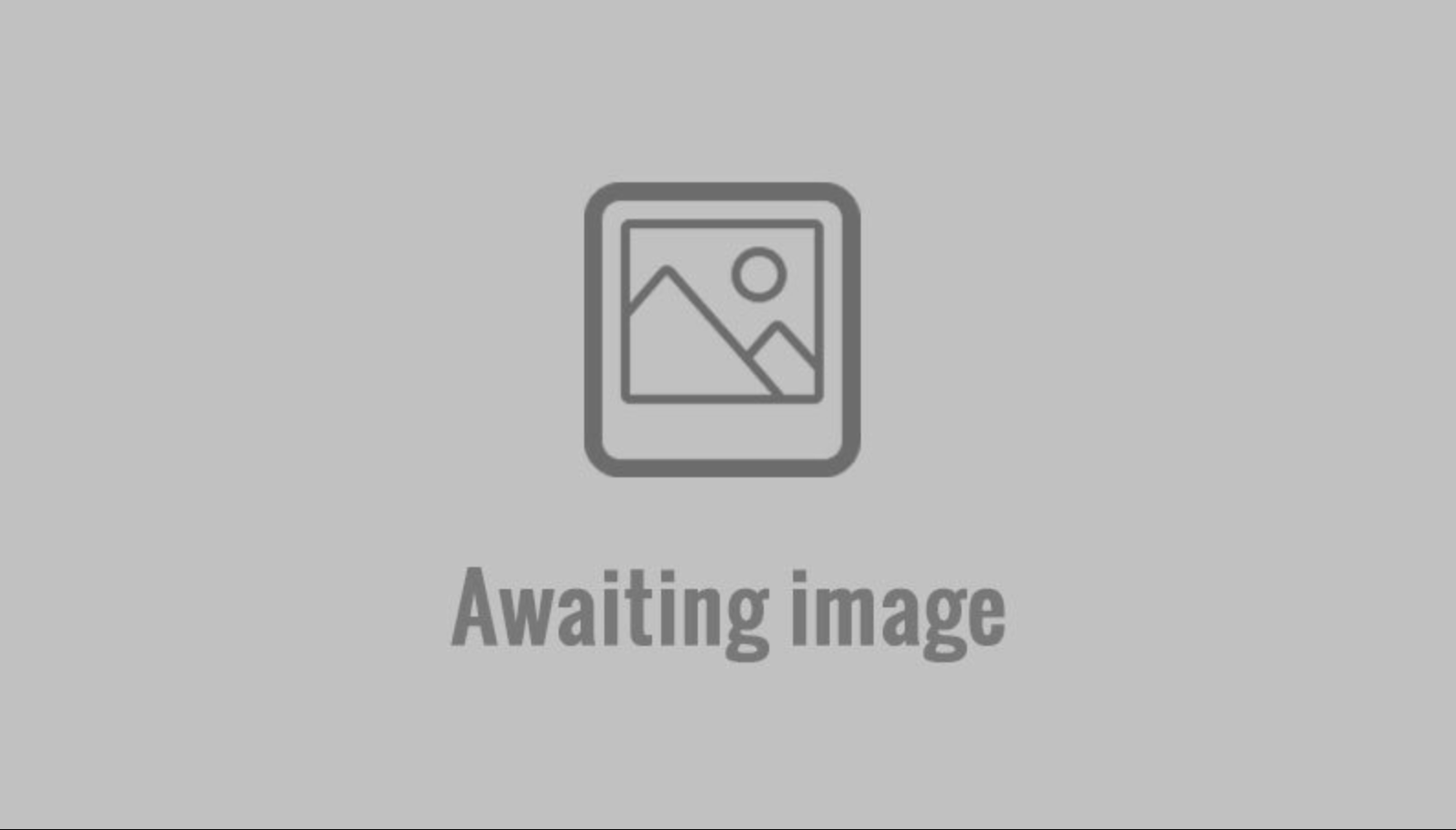
Visual Reactive Programming - Bonsai
November 2024
Applications will open soon
COURSE OVERVIEW
Modern neuroscience relies on the combination of multiple technologies to record precise measurements of neural activity and behaviour. Commercially available software for sampling and controlling data acquisition is often too expensive, closed to modification and incompatible with this growing complexity, requiring experimenters to constantly patch together diverse pieces of software.
This course will introduce the basics of the Bonsai programming language, a high-performance, easy to use, and flexible visual environment for designing closed-loop neuroscience experiments combining physiology and behaviour data.
This language has allowed scientists with no previous programming experience to quickly develop and scale-up experimental rigs, and can be used to integrate new open-source hardware and software.
WHAT WILL YOU LEARN?
By the end of the course you will be able to use Bonsai to:
– create data acquisition and processing pipelines for video and visual stimulation.
– control behavioural task states and run your closed-loop experiments.
– collect data from cameras, microphones, Arduino boards, electrophysiology devices, etc.
– achieve precise synchronisation of independent data streams
FACULTY
NEUROGEARS TEAM
Course Director (NeuroGEARS, UK)
André Almeida
(NeuroGEARS, UK)
João Frazão
(NeuroGEARS, UK)
Thomas Ryan
(NeuroGEARS, UK)
Bruno Cruz – NeuroGEARS, London, UK
TEACHING ASSISTANTS
Every year we have an amazing group of Teaching Assistants who remotely help the students as they work on the course activities. Past TAs have been selected from institutes such as Champalimaud Foundation in Portugal, The Francis Crick Institute in the UK and the University of Buenos Aires in Argentina.
Niccolò Bonacchi – International Brain Laboratory, Lisbon, PT
VIDEO LECTURES
The online lectures have been developed by Goncalo Lopes (NeuroGEARS, UK), and the help of (please add here names)
COURSE DESIGNERS
This course was brought to life thanks to the remarkable work of Goncalo Lopes (NeuroGEARS, UK), and the help of (please add here names)
PROGRAMME
Day 1 – Introduction to Bonsai
You will learn:
What visual reactive programming is.
How to measure almost anything with Bonsai (from quantities to bytes).
How to control almost anything with Bonsai (from bytes to effects).
How to measure/control multiple things at the same time with one computer.
Demos and applications: a whirlwind tour of Bonsai.
Day 2 – Cameras, tracking, controllers
You will learn:
Measuring behavior using a video.
Recording real-time video from multiple cameras.
Real-time tracking of colored objects, moving objects and contrasting objects.
Measuring behavior using voltages and Arduino.
Data synchronization. What frame did the light turn on?
Day 3 – Real-time closed-loop assays
What can we learn from closed-loop experiments?
Conditional effects. Triggering a stimulus based on video activity.
Continuous feedback. Modulate stimulus intensity with speed or distance.
Feedback stabilization. Record video centered around a moving object.
Measuring closed-loop latency.
Day 4 – Operant behaviour tasks
Modelling trial sequences: states, events, and side-effects.
Driving state transitions with external inputs.
Choice, timeouts and conditional logic: the basic building blocks of reaction time, Go/No-Go and 2AFC tasks.
Combining real-time and non real-time logic for good measure.
Student project brainstorming
Day 5 – Visual stimulation and beyond
Interactive visual environments using BonVision.
Machine learning for markerless pose estimation using DeepLabCut.
Multi-animal tracking and body part feature extraction with BonZeb.
Student project presentation.
Where to next.
APPLY
Applications are closed but you can express your interest in the next edition by clicking on the button below and filling in the form.
Registration fee
Individual: 500€ per person (includes shipping of the course kit, pre-recorded and live lectures before and during the course, full attendance to the course, and course certificate).
Group: 500€ for one person and one course kit + 150€ for any additional person (without the course kit)
Stipends (waived partial or full registration fee).
SPONSORS
This course has been kindly supported by the following sponsors and partners:












